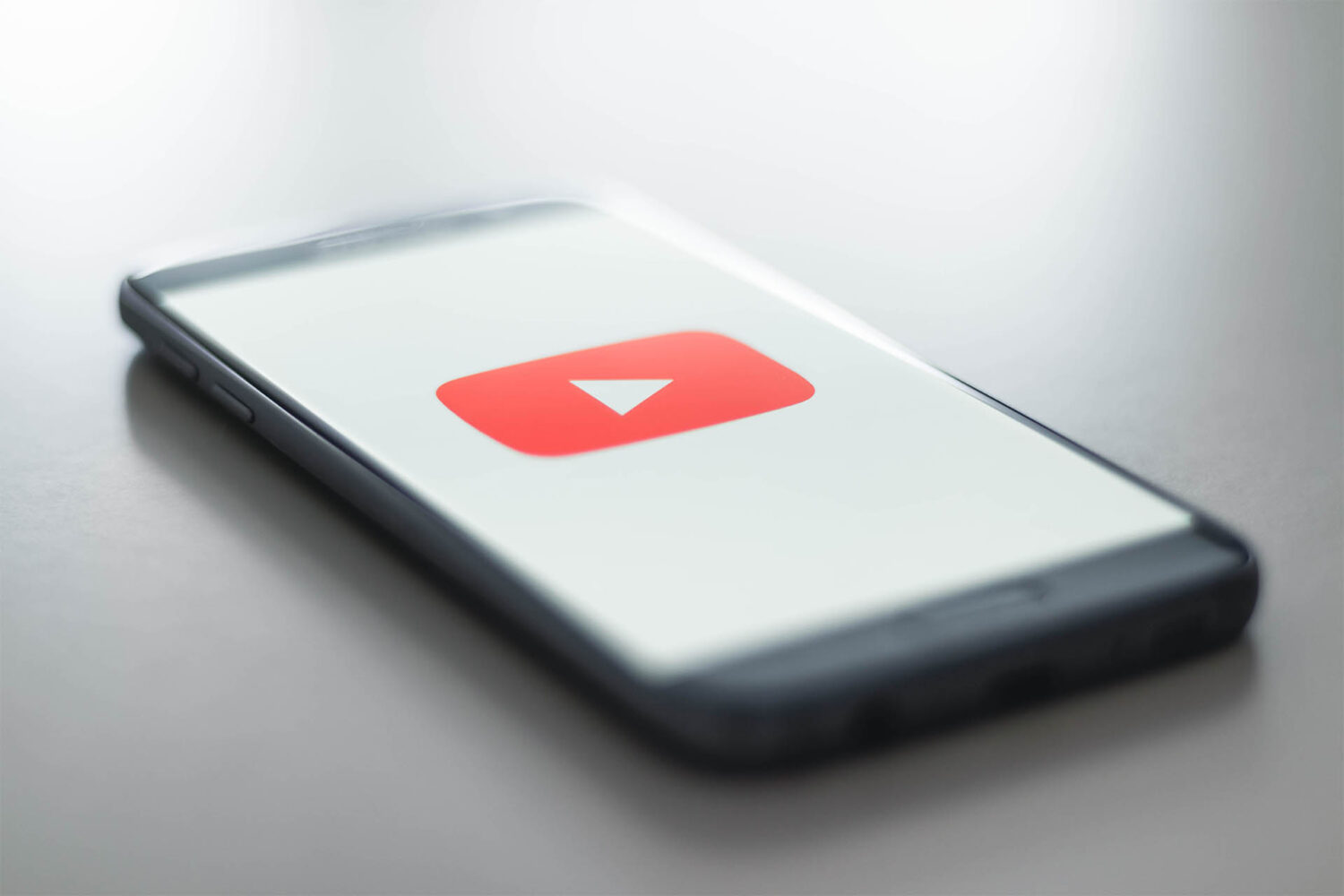Month: March 2022
YouTube Is Pushing To Close The Gap Between Linear And CTV

Brand Suitability: Securisez Le Meilleur Inventaire De YouTube Avec Channel Factory

Test test creative

What are Bumper Ads and How do you Create One?

Bumper Ads on YouTube
There’s a growing universe of YouTube ad bidding strategies and tactics to explore. In the past many businesses have focused on Non-Skippable-Ads, one common type of these are Video Bumper Ads. Bumper ads have recently surged in popularity due to their success rate and overall efficiency.
WHAT IS IT?
Bumper ads have three main differentiators that separate them from the rest of the pack:
- These are Non-skippable video ads that run before a YouTube video. These viewers can’t skip your ad, driving high impressions and view rates. Your entire message is seen by all!
- They are 6-seconds long (or shorter). These Short-form ads are less intrusive and get your brand image across with quick, impactful messaging. The best of both worlds!
- They’re charged on a CPM, not a CPV, basis. CPM (cost-per-thousand impressions) means you only pay every 1000 times your ad is seen, resulting in lower costs.
WHO ARE BUMPER ADS FOR?
Everyone—smart advertisers interested in lifting brand recall, driving high view rates and brand awareness should be using channel bumpers
- According to Google, 90% of bumper ad campaigns that were analyzed last year saw an increase in global ad recall by an average of 38%.
- 61% of bumper campaigns drove a significant lift in brand awareness, with an average uplift of 9%.
Although bumper ads perform well on all devices, brands looking to capitalize reach for mobile viewers should strongly consider running a bumper ad campaign. Bumper ads perform well for mobile viewers, as they are often watching videos on the go.
- YouTube reaches more 18-49 year-olds on mobile alone than any broadcast or cable TV network.
WHAT ARE THE BENEFITS OF VIDEO BUMPERS ADS?
Running a YouTube bumper ad campaign benefits your brand in multiple ways. Not only do you boost brand awareness and ad recall, but you also lower YouTube bumper ad costs and increase overall reach.
- Since the bumper ad bidding strategy is CPM, you only pay for every 1,000 impressions. Your cost with CPM bidding is lower than a more traditional CPV or CPC strategy.
- The shorter format makes bumpers an effective medium for greater reach and a more general, brand awareness message. The general message allows for a broader reach, which lets you run in front of many different consumer demographics within your audience.
- Bumper ads can be used for remarketing, driving an abridged version of your brand’s core message to YouTube users that have already seen your full-length ad.
Bumper ads alone drive high ad recall, but are significantly less effective than :30 ads for driving specific product consideration or consumer action. Pairing a :06 bumper with a :30 ad through remarketing, however, achieves brand perception success. Bumper ads have many benefits by themselves, but consider using them with other long-form creative assets to accomplish your YouTube campaign goals.
HOW DO VIDEO BUMPERS WORK?
Running a bumper ad is simple, but are you wondering how to create bumper ads? First, create a 6-second (or less) bumper video ad that quickly gets your brand message across and (if possible) tells a story. Your bumper ad will engage audiences with quick, actionable messaging.
To achieve brand perception success, remarket your bumper with a full 30-second creative. Remarketing is a two-step process from the viewer’s perspective:
- They see your 30-second ad that tells a detailed story to emphasize your brand message.
- After seeing your 30-second ad, viewers will then be shown your 6-second bumper on following videos to increase brand awareness without the viewer feeling like their time is being wasted.
The decision on whether you should run a bumper ad by itself or pair it with a longer ad is dependent on your campaign goals. Either way, YouTube bumper ads are the most effective YouTube advertising strategy today.
WHAT DO I DO NOW?
Bumper ads drive meaningful impact when they’re equipped with advanced targeting tactics. Here at Channel Factory, we use our award-winning ViewIQ technology to contextually target your audience with custom segments, as well as create both channel and video-level inclusion listing. Contact us today and drive meaningful results with your bumper ad.
How Brands are Making Values-Based Marketing Decisions

Prioritizing Aligned Content In The Video Advertising Ecosystem

How Big Tech Has Reshaped Modern Warfare in Ukraine

How to Align Your Brand with GARM Standards [What to Know]
![How to Align Your Brand with GARM Standards [What to Know]](https://channelfactory.com/wp-content/uploads/2024/01/joshua-earle-X_roZ7toBJY-unsplash-1-scaled-1.jpg)
Today’s brands are increasingly concerned about responsible and conscious advertising, recognizing the value of showing their ads with digital media content that promotes a safer and more positive online environment for all. And doesn’t get them into trouble by avoiding possible brand safety issues. However, without clear frameworks and standards in place, it’s difficult for brands to understand exactly what they should and should not avoid.
The Global Alliance for Responsible Media set out to change this, initially forming in 2019 to create a forum for brands, advertisers and tech companies to partner to combat safety issues and craft safety standards that can be easily adopted.
What Is GARM and How Did It Start?
GARM stands for Global Alliance for Responsible Media, a cross-industry initiative formed by the World Federation of Advertisers. GARMtackles the challenges of harmful content on various digital media platforms and its monetization through advertisements.
These standards aim to unite media companies, platforms, marketers, agencies, and industry organizations in creating a safer digital media ecosystem by limiting the presence of harmful online content. But to achieve such a collaborative effort, there has to be a clear definition of harmful, sensitive content using consistent and concise language.
The GARM standards identify 13 ‘evil’ categories to label content, a safety floor to prevent monetization of harmful content, and risk levels to describe acceptable exceptions on sensitive content for brands.
How Is GARM Related to Advertising?
GARM developed and adopted common definitions for classifying harmful content so that those in the advertising industry have the same understanding. By establishing the GARM standards, advertisers have solid guidelines to recognize unsafe and unsuitable digital media content and avoid sponsoring it. The definitions allow agencies and platforms to make strategic decisions crucial to the industry.
What Agencies Use GARM?
Brands, advertising agencies, industry associations, and third-party companies have embraced GARM standards and encouraged adoption to promote responsible advertising on digital media. Platforms like Facebook, YouTube, Twitter, and Instagram have created brand safety metrics, but they continue to use their custom taxonomies as standards.
How Can GARM Standards Be Utilized?
Platforms, agencies, marketers, and brands can use GARM standards differently. For example, platforms may adopt and enforce monetization policies by mapping these against the brand safety floor and suitability framework. On the other hand, agencies and marketers may leverage GARM standards when designing campaigns and choosing to invest in platforms. As for brands, they can utilize the framework to ensure they’re supporting the right type of content.
4 Initiatives to Meet GARM Standards
As a company, how do you align your brand with GARM standards? Below are a few tips.
1. Understand the Framework
A clear understanding of the brand safety floor and suitability framework lets companies know what content is unsafe and sends the wrong message about brand values, impacting consumer perception. For example, you want your brand to be seen as aggressive and on the attack, so you pick these words and related verbiage as keywords for your campaign. However, your ads may end up in content with a pro-war sentiment.
2. Examine Current Keyword Blocklists
Utilizing keyword blocklists is not a cure-all for ensuring your brand complies with GARM standards; sometimes, they may be the reason you’re supporting limited content, affecting your ad reach.
The brand suitability framework sets risk levels at which sensitive content is acceptable or appropriate to balance freedom of speech and public safety. For example, the keywords attack and battle may be preventing your brand from accessing great content simply because these terms relate to war.
Evaluating current blocklists and comparing these to GARM standards reduces the risks of over-blocking content, particularly from trustworthy creators.
3. Ask for Consistency and Transparency
The challenge of meeting GARM standards shouldn’t be left on your shoulders alone; your vendors can also share the responsibility. Demand transparency and consistency by looking into their metrics, taxonomies, and how they measure compliance.
4. Collaborate with the Right Partners
Heavy reliance on keyword analysis results in false positives and low precision for your brand campaigns. That’s why tech providers have developed machine learning models to label content better and more thoroughly based on reviews, allowing advertisers to be more aligned with GARM brand suitability.
Align Your Brand with Channel Factory
GARM standards provide a solid foundation for ensuring brand safety and brand sustainability, but it’s a foundation that can also be built upon. Channel Factory goes the extra mile in adding additional categories for suitability in addition to the Brand Safety categories instituted by GARM. This additional filtering ensures the highest customization possible for your brand. Contact us today to see how we can partner with you, or visit the rest of our site to learn more.
Be Inclusive, Not Exclusive: Why Brands Need To Embrace Conscious Advertising On Social Video

